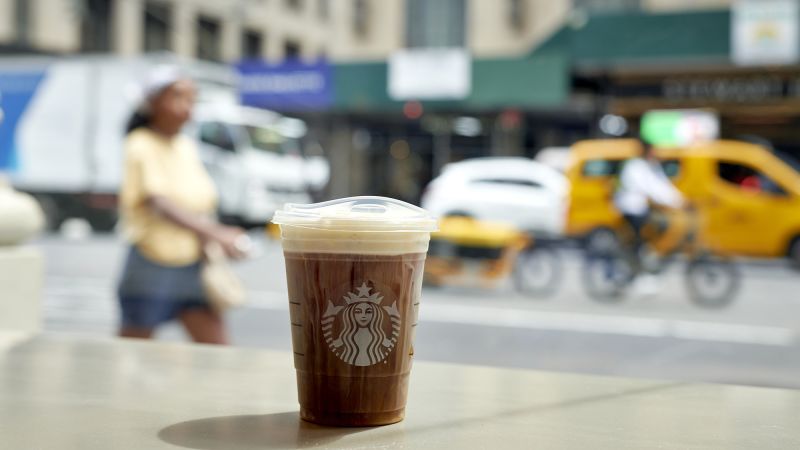Starbucks has experienced a drop in sales globally, with a 3% decrease in stores open for at least a year and a 2% decline in its North America market. The decline in sales was compounded by a 6% drop in total transactions at North American stores, although this was partly offset by higher prices. This marks Starbucks’ second straight quarter of sales declines, reflecting consumer fatigue with high prices at food chains and restaurants after years of price hikes. The shift in Starbucks’ business model, from a predominantly sit-down coffee shop to a drive-thru and mobile takeout chain, has also contributed to the decline in sales.
Similar struggles with declining sales have been seen at other chains like McDonald’s, which reported a 1% decline in sales at stores open for at least a year. Starbucks faces increased pressure from rival drive-thru coffee chains and competition from consumers who are opting to make their morning coffee at home. While prices surged in recent years, grocery store costs have moderated this year, making it more appealing for cost-conscious consumers to avoid eating out and instead prepare their own coffee at home. Analysts point to increased competition from drive-thru coffee chains like Dutch Bros as a contributing factor to Starbucks’ sales decline.
In response to these challenges, Starbucks has implemented various initiatives to turn its business around. This includes the introduction of value meals and investments to speed up customer wait times. The chain has rolled out a new “Pairings Menu,” offering a drink and breakfast item for $5 or $6, as a way to attract customers looking for value. In addition, Starbucks has introduced new technology called the Siren System, aimed at reducing the time it takes to make cold drinks. This includes faster blenders and new dispensers for ingredients to streamline the beverage preparation process.
Despite these challenges, Starbucks CEO Laxman Narasimhan remains optimistic about the company’s future. He stated on a call with analysts that their plans are beginning to work, with efforts to recover the brand and rebuild the operational foundation of stores and supply chain showing positive results. The company’s stock has dropped 19% this year, but there has been a more than 2% increase in share value in afterhours trading. Starbucks has transitioned from a sit-down coffee shop to a mobile and drive-thru focused chain, with mobile app and drive-thru orders accounting for over 70% of sales in the United States. Cold beverages such as coffees, teas, and lemonades now make up a larger portion of sales compared to hot coffee.













